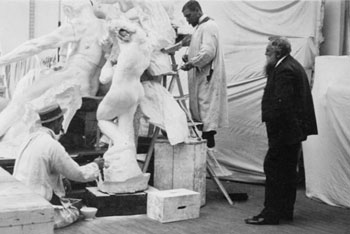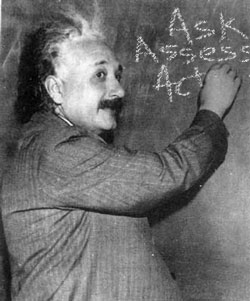
The highest skyscraper in Switzerland (the blue-green building at right) is dwarfed by the Alps in the background.
Sitting in a restaurant atop the highest skyscraper in Switzerland, I’m reflecting on the use of language in the world of business. Here’s the connection.
I was looking forward to lunch in the Prime Tower, which does have a great view of Zurich’s lake and mountains in the distance, but I was disappointed to learn that the “highest skyscraper” is a mere 35 floors high.
The use of superlatives like “highest” or “best” or of diminutive words like “mere” or “only” can alter your meaning and your audience’s interpretation of your meaning. Among some of my colleagues, they cringe when they hear something described as being “awesome” – they label that over-the-top language as “typically American.”
In a recent article by Lucy Kellaway in the Financial Times, she pointed out how much more effective CEO communication can be when it doesn’t stray into the superlative zone.
She cited a memo written by Stephen Hester, CEO of the Royal Bank of Scotland, who described his employees not as the “best” or “greatest” or “most awesome” but as “good.” His exact words were “RBS is full of good people, doing their best …” The point that Lucy Kellaway was trying to make was that instead of using superlatives, the CEO was straightforward and realistic in his language. “Why this little word is so effective – apart from being delightfully unfashionable – is that one is rather inclined to believe it. It makes me think: yes, maybe RBS does employ a lot of good people.”
A good thought leader expresses his ideas and opinions in the least “loaded” or exaggerated language as possible. Are you paying attention to your diction when communicating with internal or external audiences and always choosing the right “reality-based” words to convey your message clearly? Ask, assess, then act. We’re here to help.




 To continue the theme over the last few blog entries, here are some additional thoughts about the field of competitive intelligence and thought leadership.
To continue the theme over the last few blog entries, here are some additional thoughts about the field of competitive intelligence and thought leadership.